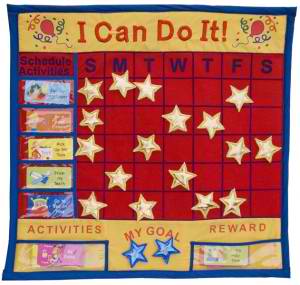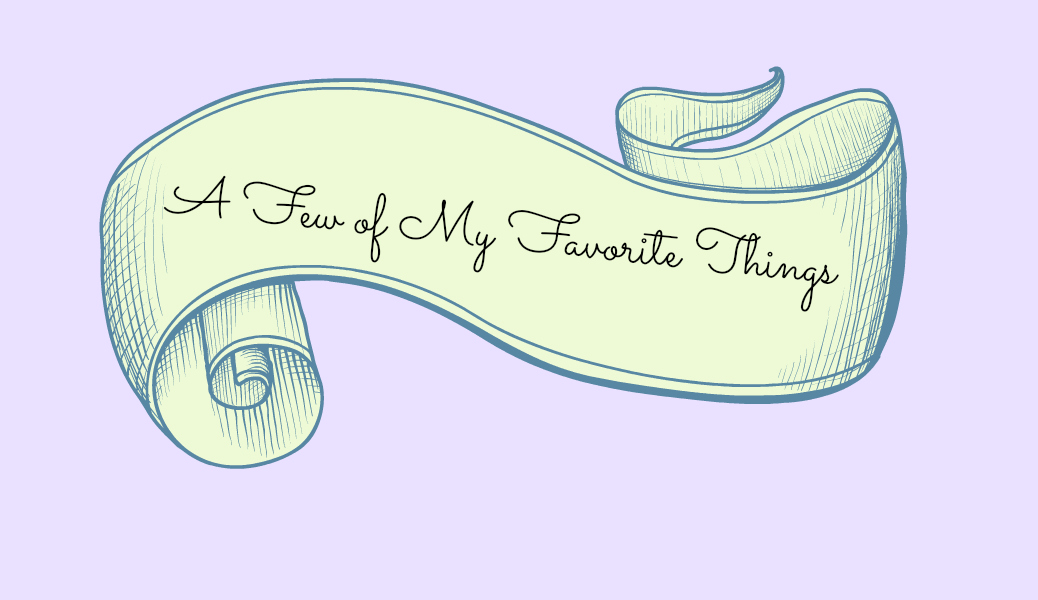-
How to Make a Behavior Chart that Actually Works
Behavior charts come up a lot when working with kids. While I don’t think they work in every situation, I do think they can be helpful in many cases.
The basic idea is pretty simple. A behavior chart is based on the principles of positive reinforcement. Positive reinforcement says that when a child is rewarded for engaging in a behavior, it is more likely that they will continue to engage in this behavior in the future.
The chart itself is simply a piece of paper that has rows and columns on it. You then write down the behaviors you would like your child to engage in. For example, “complete all homework” or “hang up clothes after you shower.” Then you and your child keep track of how often they complete the behavior on the chart. You can use check marks, smiley faces, or stickers to mark each time the behavior is completed. Finally, the child is rewarded for completing those behaviors a certain number of times. While the idea seems simple, the way that you actually use the chart is really important in whether or not it’s successful.

Click here for a website with tons of free behavior chart templates that you can customize for your kids. (I have no affiliation with this site whatsoever.) There are some charts that have preset topics and some that are completely blank, allowing you to fill in the behaviors that you want to work on. A lot of them have cute themes such as butterflies, sports, or superheroes that can help get your child excited about the chart. However, don’t feel like you need to use this! You can easily use a pen and a blank piece of paper if that’s easier – these do not have to be complicated.
Here are my top tips for making behavior charts that actually work:
Set a few realistic goals. Only choose two or three behaviors to focus on at a time. More than this can become
overwhelming and difficult to keep track of. Keep your expectations realistic for these items – we don’t want your child to give up because it feels impossible. For example, if your child remembers to brush their teeth 25 -50 % of the time, and you’re trying to get them to remember it 100% of the time, “brush your teeth” would be a good behavior for the chart. However, if they have never successfully done this, I wouldn’t put it on there yet.Make the goals specific and concrete. In order to make sure you and
your child are both clear on what’s expected of them, keep the behaviors as specific as possible. For example, don’t write “Be nice” or “Be helpful” because this is too difficult to evaluate and keep track of. Instead, you could write something like, “Give my sister a hug” or “Fold the clothes after Dad does laundry.”Involve your child. Have them help you choose behaviors, make or pick out the chart and stickers, and decide on the rewards. Keep the chart in a prominent place, such as on the fridge, where both you and your child will see it often. Be sure to keep a separate chart for each child with their behaviors on it if you’re doing this with more than one of your kids.
Use short and long-term goals. Have multiple rewards, and make some of them immediate and some long term. For example, you could say that when your child earns five stickers, they get to stay up an extra ten minutes late one night. When they earn ten stickers, you will take them out for ice cream. And when they earn thirty stickers, they get to pick out a new toy or you will buy them something they’ve been wanting.
Find your child’s motivation. Pick rewards that your child is motivated to earn. Don’t be afraid to make them “earn” their time using technology each day if that’s what motivates them. What motivates them may change as time goes by, so be sure you are keeping the behavior chart system updated too. If a certain reward stops motivating them, switch it up for something that reignites their interest.
The reward shouldn’t be something they are already able to get easily. For example, if you already buy them plenty of toys whenever they want, promising to buy another toy for their reward will not be very motivating.
Don’t forget to change it up! Your behavior chart shouldn’t stay the same for more than a few weeks at a time. Change out a behavior on the chart once your child has gotten good at it. You could change it out for a new behavior completely or you could keep the same behavior but make it more difficult to earn a reward. This second option is good if you’re nervous your child will stop doing that behavior once it’s off the chart. By gradually phasing it out, you can continue to reinforce the task. For example, rather than earning a reward for brushing their teeth five times, they may need to do it ten times to earn the same reward.
Hope you enjoy!













[…] ChildAre You Making These Google+ Mistakes?In Defense of the Indispensable DadI Want To Compost ButHow To Make A Behavior Chart That Actually WorksConsistency in Social MediaStop Basing Your Self Worth On Your PhysiqueHow To Cut Down On Your […]
[…] How to Make a Behavior Chart That Actually Works […]